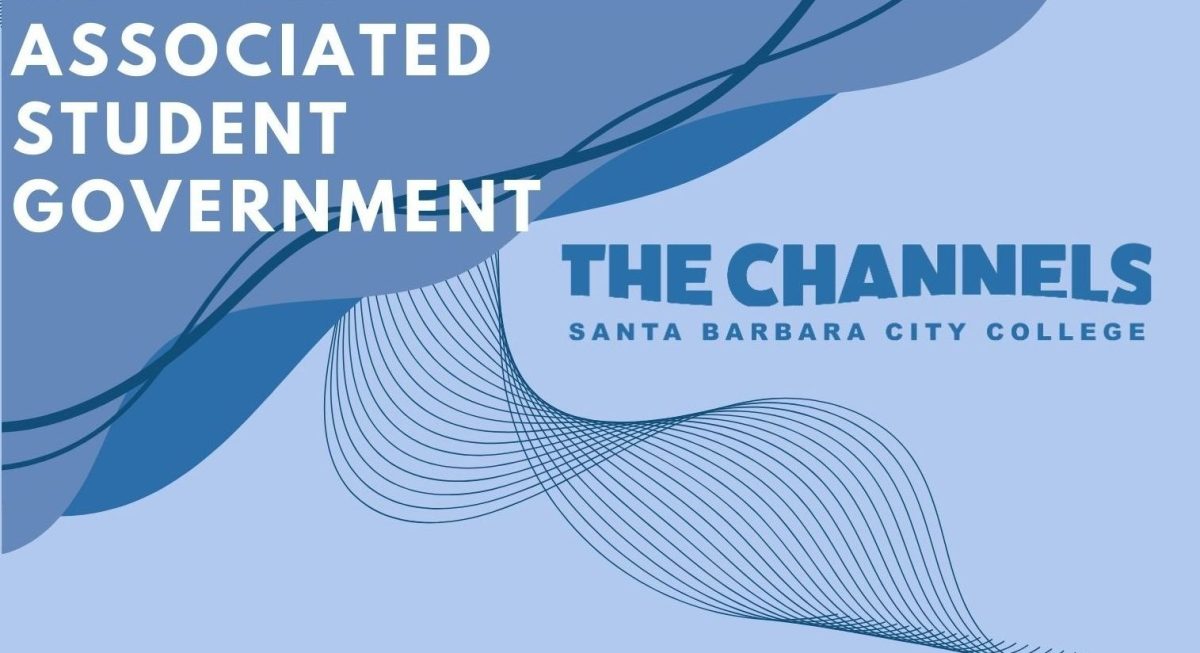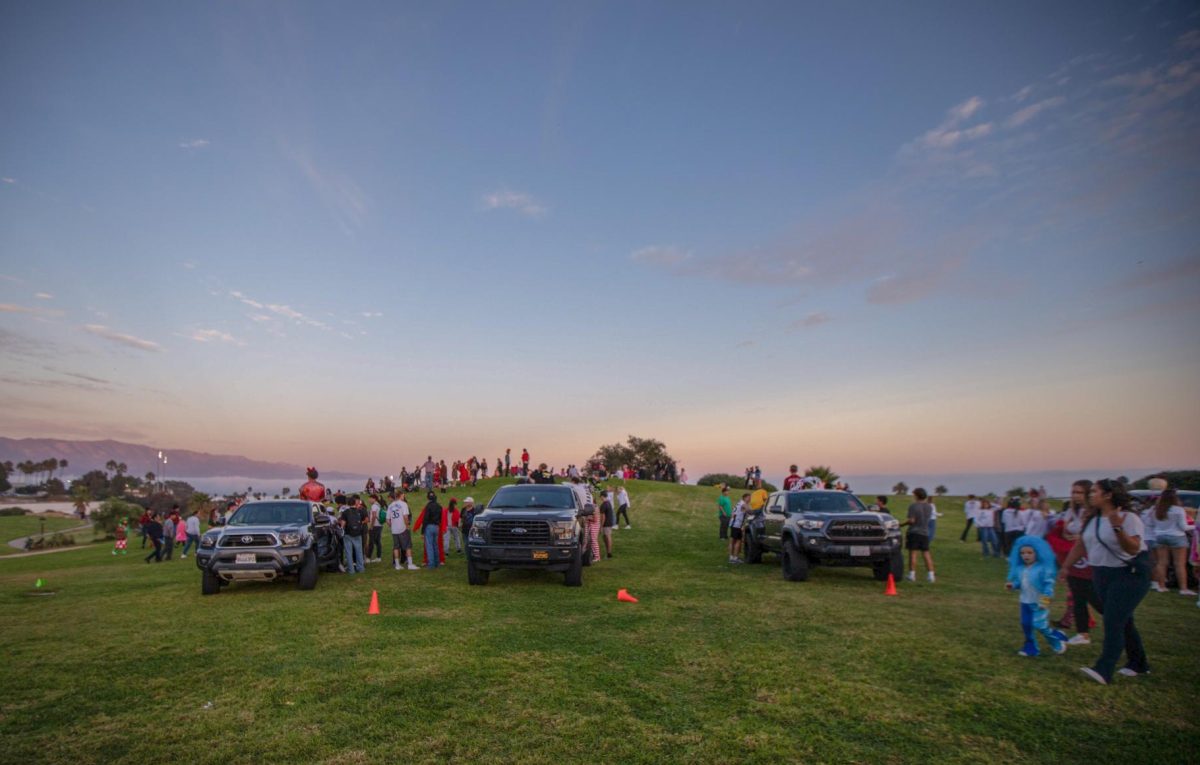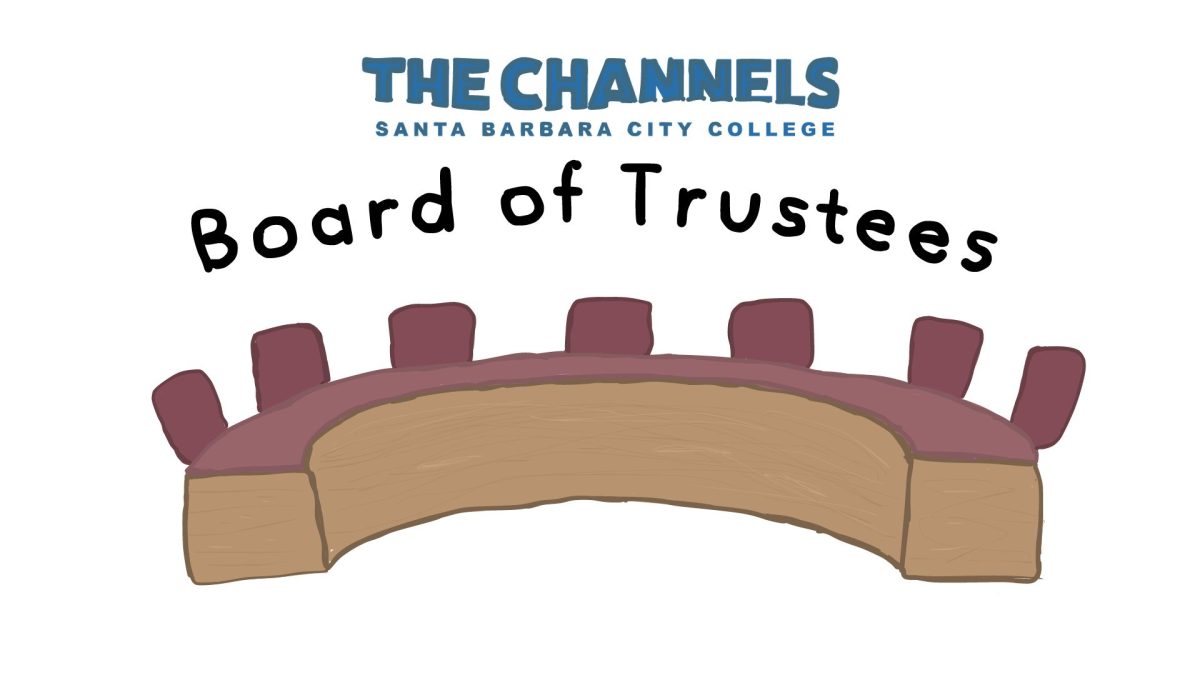A dozen students, lounging within the yellow walls of Campus Center Room 225, surround themselves with a sea of Dells, Compaqs and Toshibas-each laptop computer screen aglow with Web activity.
No Internet wires are in sight, but for these wireless users, the signal is strong and clear.
For that, students can thank City College’s wireless Internet, a network of 20 access points on campus that lets anyone with a wireless capable device connect to the Web. By fall, 10 more should be in place.
“It’s where things are going,” said Kent Richards, associate vice president for information technology.
Wireless computer networking uses radio to transmit information, and oddly enough, it began at a college. In 1971, a University of Hawaii project connected computers on four islands without wires. Now, improved wireless technology is making that island dream a reality for local students.
“I can take as long as I want,” said political science major Andy Lopez, browsing the Web on his laptop in the Luria Library. “Since there’s a limited amount of [library] computers, you can’t just sit there…there might be people waiting.”
“It would really suck if you couldn’t do wireless anymore,” said freshman Abigail McCarthy, a media arts major using her laptop to submit graphic design work from the Campus Center. She does her homework here on Tuesdays between classes.
The access points are clustered in public areas like the center and the library, said Network Specialist Jerry Thomas. They have to be in spots where the radio waves aren’t blocked. Red “Wi-Fi” signs alert students to the presence of a strong wireless signal.
“We did walk around with our laptops and try them out,” Thomas said. “We’re probably more wired than a lot of colleges around here are.”
Richards said he expects to have full campus coverage in the next two years, though cost is an issue.
“Getting funding for something new wasn’t easy to do,” Richards said, adding that it took $10,000 to get a wireless project started, and each new access point costs about $400.
“It’s expensive technology to do right,” Thomas said.
With this much time and money invested, Richards voiced concern about what students use wireless Internet for.
“I’d be curious to see how much actual educational stuff is being done,” he said. “The college’s mission is to teach…does wireless do it? Yes, it can. Is it doing it? I don’t know.”
Back at the Campus Center, McCarthy stops and looks at her circle of friends, most using their laptops. Some are watching “Mortal Kombat,” others are playing online games.
“It’s pretty harmless,” she said, adding that people are still scared the college might restrict wireless access if they catch students using it for fun and not school.
Richards and Thomas both acknowledged that they could examine an individual’s activity, but haven’t done so thus far.
“[We watch] what station went where,” Thomas said. “We don’t watch the content, although it can be done.”
In the future, Thomas said each student will probably have to login with a username and password to access the wireless network. That way, network administrators would know which students are using wireless, and students would be able to access network devices like printers.
“It will be one big happy family, so to speak,” he said.
But for now, students like McCarthy can do what they want on wireless, as long as they can find a signal.







